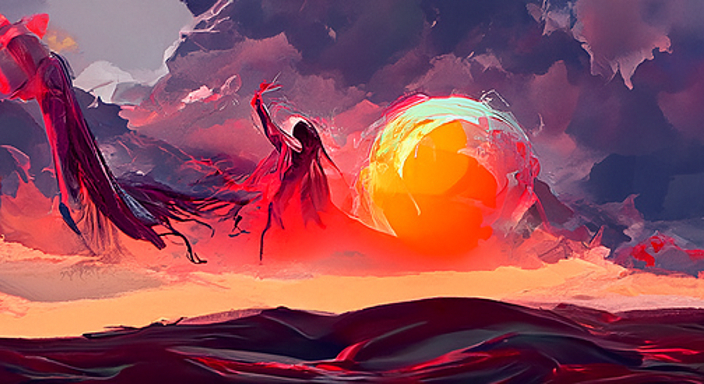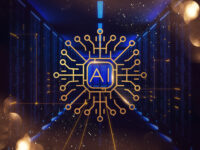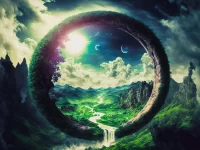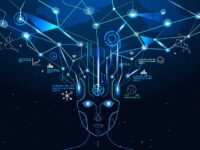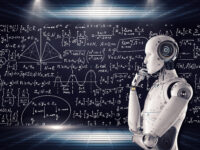These days artificial intelligence is being used all around us — for writing code, spitting out recipes, and even mimicking people’s voices. It seems as if AI is able to do everything, but it is important to consider the value of AI in certain fields, especially in the arts. AI platforms like Meta AI and Gemini are capable of generating images that call into question the artistic value of art and what is and is not considered art. Can AI-generated media be considered art? Does this mean AI can be considered an artist?
“Can AI-generated media be considered art? Does this mean AI can be considered an artist?”
Aaron Hertzmann wrote in Communications of the Association for Computing Machinery that artificial intelligence cannot be seen as an artist because it is incapable of emotions or relationships. Hertzmann brings up that although it is possible for AI to generate images that reflect certain feelings, the human was the one who came up with the idea, making them the artist. Harry Jiang and a team of researchers also argue this point, saying that considering artificial intelligence to be an artist anthropomorphizes it. They argue that artificial intelligence is “inspired” by the data it is fed. In their eyes, art is meant to inspire a reaction from its audience, and artists take their audience into account when creating art. Artificial intelligence cannot understand who might see its work and what reaction it is trying to produce. These authors are in agreement that AI-generated art does not have artistic value, at least the same artistic value generally attributed to humans.
A study was done to see if people would describe what artificial intelligence produced to be art, and if so, would they describe artificial intelligence as artists. The first scenario involved participants being told that an artificially intelligent entity accidentally splattered paint on a canvas, producing something reminiscent of an abstract painting. The second scenario involved the same entity deliberately splattering paint on a canvas. The next two scenarios involved the same variations in intent, but instead a human was said to have done the splattering. For all four scenarios, participants were asked if they believed art was produced and if it was created by an artist. Results showed that participants were more receptive to the human’s work being art than they were to the artificial intelligence’s. Therefore, they were more inclined to call the human the artist. The same experiment was recreated but instead of it resembling an abstract painting, participants were told it was reminiscent of a landscape. Once again, participants were inclined to call the human an artist.
The debate as to whether AI can produce art and be considered an artist is ongoing and is sure to grow in magnitude as AI’s functions become more powerful and more readily used. Today’s experts seem to be skeptical about AI’s ability to produce valuable art that is of the same caliber with human-made art. But, it is a dynamic debate that is bound to be everchanging and will involve a range of opinions as people’s definition of art varies.
